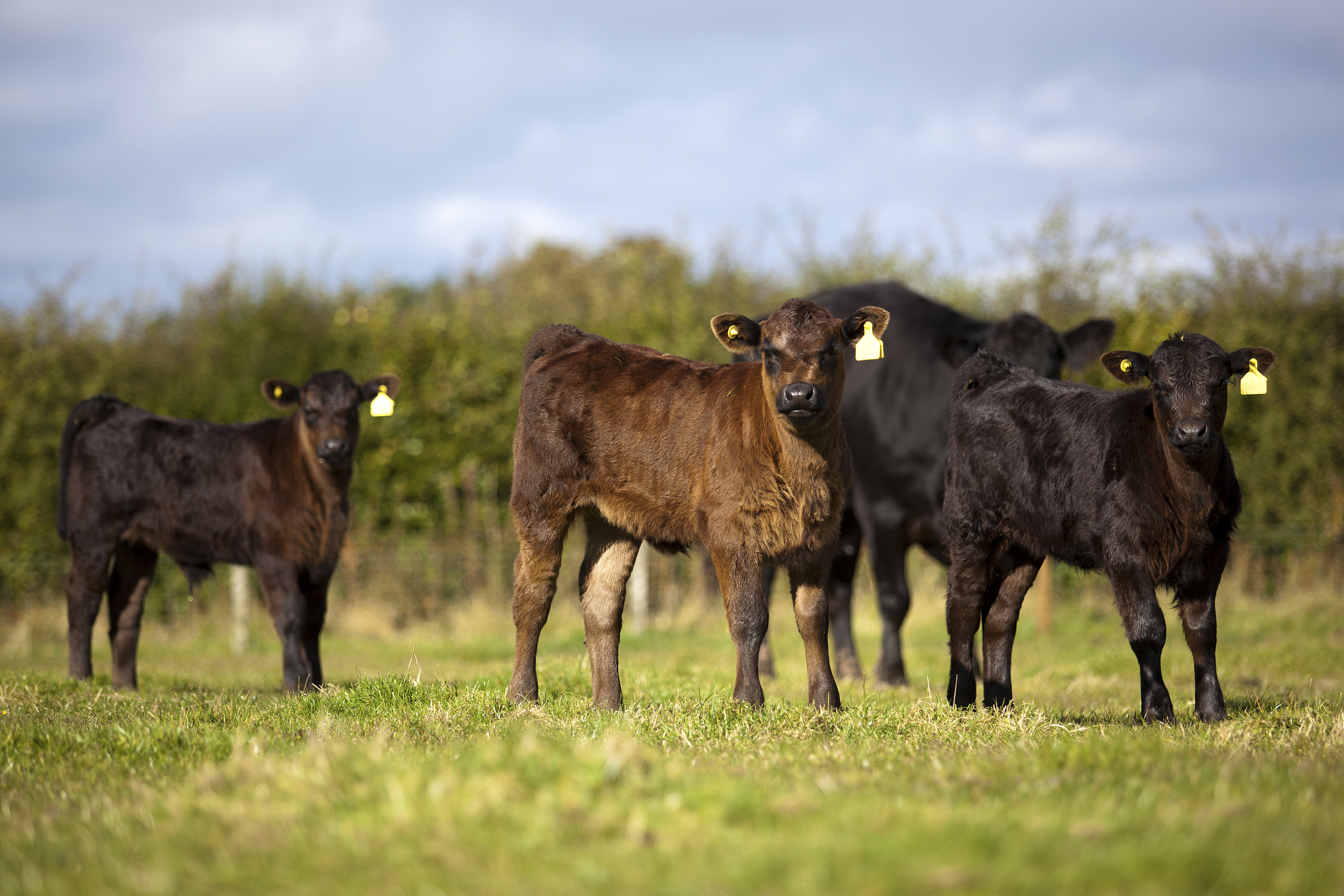Frustration at the lack of action over cutting red tape boiled over at NFU Scotland’s Christmas press briefing this week with president Nigel Miller accusing the Scottish Government of backsliding on the issue.
It is now the best part of five months since former ANM chief executive Brian Pack published his Scottish Government commissioned Doing Better review into reducing regulation and red tape.
Since then there has been no progress on implementing any of the report’s 61 recommendations or indeed setting up a body to oversee the process.
Strangely the five-month silence was broken only hours before the union’s Christmas briefing by a statement from farm minister Richard Lochhead heralding an announcement on the subject early in the New Year.
The timing could be pure coincidence, of course but cynics might suspect that Mr Lochhead had picked up intelligence of Mr Miller’s attack and had authorised a pre-emptive strike.
Mr Miller, however, welcomed the intervention as a sign that the report had not yet been “consigned to the shelf “.
But he added that he would be looking for a much higher level of urgency and priority than had been shown since the document was launched .
Mr Miller’s fear is that policy decisions are already being taken that work against some of Brian Pack’s recommendations.
As an example on January 1, the Scottish Government plans to introduce a more aggressive penalty regime to drive the prompt reporting of cattle movements to fit with Scotland’s three-day reporting window.
The changes have been rushed through in response to criticisms by EU auditors.
The more aggressive approach to be taken by Scottish officials fails to recognise that European standards allow a seven-day window for reporting.
Mr Miller said: “This clear case of gold-plating goes against specific recommendations in the Pack report which called for a seven-day reporting period for
cattle movements to be considered.”
Although EU regulations allow for a seven-day reporting period, EU auditors are obliged to assess the performance of the rules in the member state, hence their dissatisfaction with the compliance rate of the three-day rule.
Mr Miller maintained that a seven-day reporting period would still allow for very accurate traceability in the case of a disease outbreak it could be immediately drawn back to three-day reporting.
“There are limitations within the three-day requirement,” he said. “Often the notifications are made by farm secretaries or the farmer’s wife and they are not always available on the day.
“Markets and abattoirs are also involved because of their role as Critical Control Points (CCPs).
“For markets it can be difficult to find out immediately the end destination of cattle sold at a store sale and if they wait until the whole sale can be accounted for they may miss the three-day deadline.”
He said rigidly enforcing a three-day reporting requirement was a “step backwards and a worrying sign of an escalating penalty culture within Scottish Government”.
A Scottish Government spokeswoman last night said: “The Scottish Government is required by Europe to broaden the scope of checks on cattle notification requirements, to avoid the risk of disallowance and protect essential Cap payments to Scottish farmers. We will endeavour to minimise the impact on cattle producers.
“The Scottish Government is committed to reducing red tape and the administrative burden on Scottish farmers, and the Pack report has helped us identify the key areas causing concern to farmers and land managers.
“The Cabinet Secretary for Rural Affairs has confirmed that he will make a further announcement on how we plan to take forward the wider review of recommendations in the New Year.”
